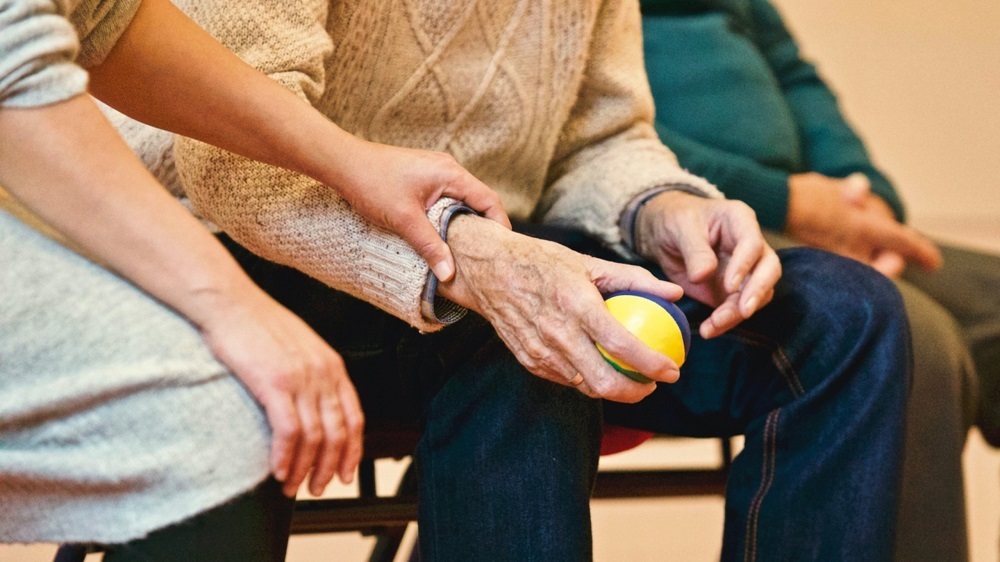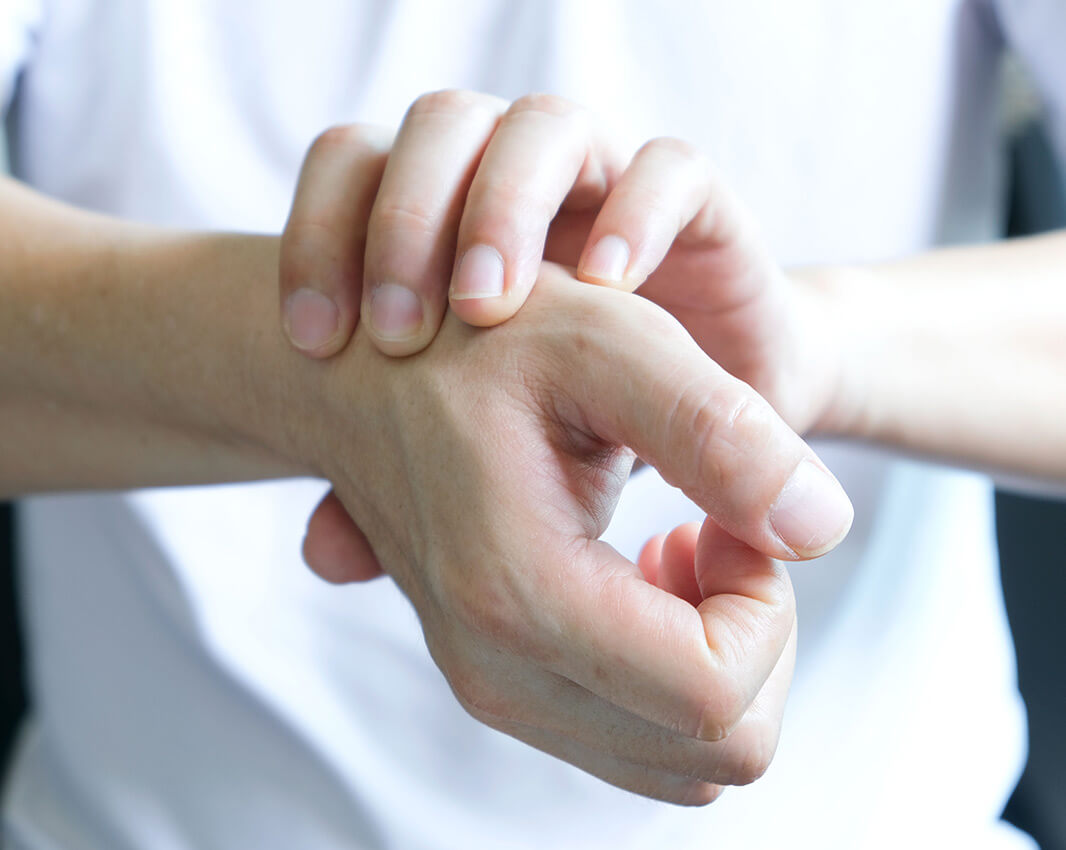When we think of joint pain, we often think of arthritis. But what really is it and how can you find relief if you develop it?
Arthritis is a condition that affects the joints, as well as the surrounding bone and soft tissues. It causes stiffness, pain, and decreased mobility, which can significantly affect quality of life. This common condition affects millions of Australians. Most arthritis cases can be categorised as osteoarthritis or rheumatoid arthritis, with the former being more prevalent than the latter.
There is currently no cure for arthritis, however, there are symptom management options. Physical therapy for arthritis is highly recommended and can be a beneficial part of treatment for many people.
At Glen Eira Physiotherapy & Physiolates, we can help you to improve your comfort and functionality through a variety of physio techniques and methods.
Arthritis Symptoms
Anyone can develop arthritis no matter your gender, age, and family background, though it is more frequently diagnosed in women. Osteoarthritis is more common in older people, with almost half of people over the age of fifty years being affected at some point.
Symptoms present differently for each person and depend on the type of arthritis and severity. They can include:
- Joint pain.
- Joint stiffness.
- Localised warmth, redness, and swelling.
- Noises and sensations such as grinding and clunking.
- Fatigue.
Why Is Physio Good For Arthritis?
If you are experiencing any of these symptoms, it can be important to visit your doctor to discuss them. They may advise tests to undertake for diagnosis and to rule out other issues.
Evidence demonstrates that regular exercise is one of the most beneficial non-surgical, drug-free treatments for arthritis. Our physios can prescribe relevant exercises as part of a personalised treatment plan that accommodates your requirements and goals. They may also provide methods such as acupuncture, electrotherapy, or massage when suitable.
The goals of exercise regarding arthritis can include:
- Reduce pain.
- Keep the joints moving.
- Manage weight.
- Increase strength and flexibility.
- Improve and maintain overall health and fitness.
- Delay or avoid the need for surgical options.
Physical Therapy Methods For Arthritis
One of our friendly and experienced physiotherapists will provide a thorough assessment of your symptoms and functionality, as well as consult your relevant medical history and any tests that have been performed. They can also communicate with your doctor to facilitate a multifaceted and supported approach to your care. They will then begin treatment that is customised for you.
Physiotherapy for arthritis can include the following elements:
Advice And Education
Receiving an arthritis diagnosis and living with the condition can be overwhelming and difficult, both physically and emotionally. We can provide guidance regarding your physical activity and lifestyle, and education about the condition. Your sports physio will explain your treatment plan and discuss options and targets every step of the way. They will also provide advice regarding flare ups and times of increased pain while still maintaining a level of movement.
Exercise Prescription
One of our main focuses is to encourage and facilitate movement. We understand that discomfort and fear of making the issue worse can deter many people with arthritis from activities that involve the affected joints. We will show you ways to safely adjust activities you need and love to do, and provide exercises that will target strength, flexibility, mobility, strength, fitness, and pain relief. This may include options such as using resistance bands, weights, and pool-based exercises. It is important to increase movement slowly and in stages.
Maintain Safety
Because arthritis can affect mobility, it is important to learn ways to safely perform day-to-day activities. To help you with this, your physical therapy treatment plan will involve learning about and utilising ways to:
- Decrease your falls risk.
- Improve your coordination.
- Employ good posture and body mechanics techniques.
- Use aids, such as walking sticks and walkers.
- Use supportive resources, such as braces, shoe inserts, and ergonomic chairs that reduce pain and the stress on your joints and limbs.
- Use pain management techniques, such as cold or hot therapy.
Receive Experienced Physical Therapy Support
Our team treats arthritis frequently and is dedicated to providing relief and improving people’s functionality and quality of life. Contact us with your questions and set up an initial consultation in which we can discuss your condition with you and begin treatment.
Also read: What is Osteoarthritis?






